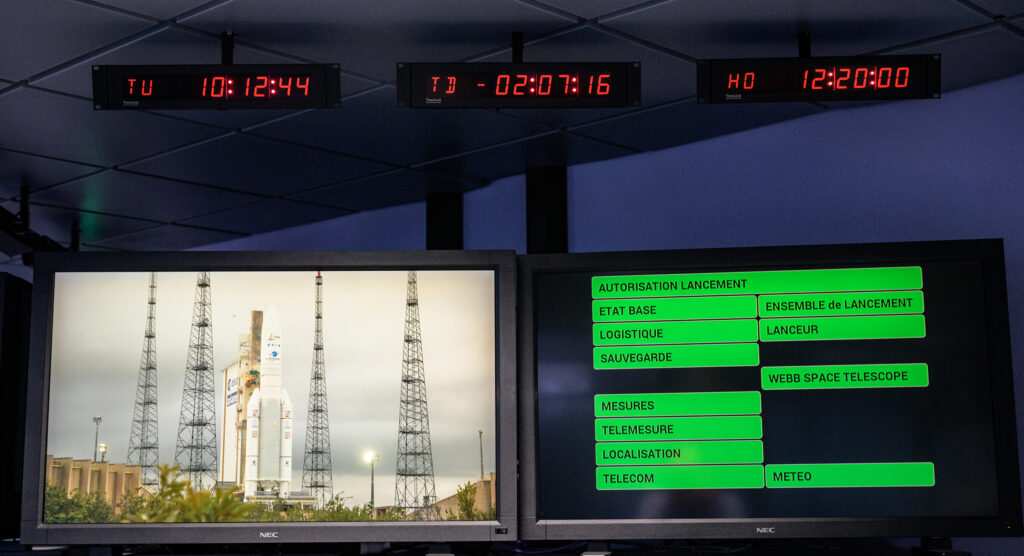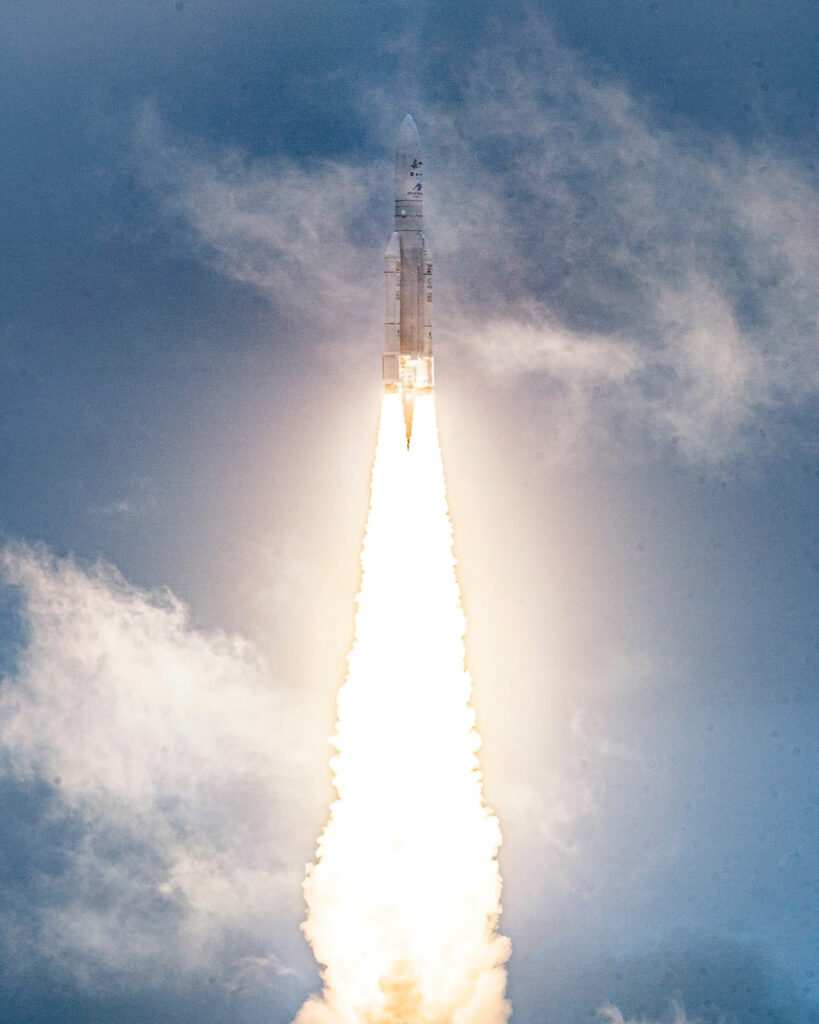Space enthusiasts got a Christmas present from NASA.
The James Webb Space Telescope, the largest and most powerful yet, was finally launched into space Saturday after years of delays.
The probe lifted off around 7:20 a.m. ET from a European spaceport in Kourou, French Guiana, its first successful launch after being pushed back by weather, the pandemic and a number of ill-timed misfortunes.

The telescope will now travel more than 1 million miles and 29 days into the sun’s orbit, where it is scheduled to spend five to 10 years circling the sun and studying the creation of our solar system from the earliest galaxies after the Big Bang to today’s.
“A new era of astronomy,” NASA called it Saturday.
The James Webb telescope, named after the head of NASA in the 1960s who helped launch the Apollo program, first went into development in 1996 and was beset by changes and setbacks, eventually being completed in 2016 with a price tag of $10 billion.
Through its infrared technology, the telescope will be able to see objects in space, such as stars, nebulae and planets, that cannot be seen in visible light or with the human eye.
Its predecessor, the Hubble Telescope, sees visible light, ultraviolet radiation and near-infrared radiation.

“We are expecting to see the light from the first galaxies that formed some 100, 200 million years after the Big Bang,” NASA administrator Bill Nelson said before the launch.
“It will deliver world-class science. It’s a revolutionary technology that will study every phase of 13-and-a-half billion years of cosmic history.”
___
© 2021 New York Daily News Distributed by Tribune Content Agency, LLC



